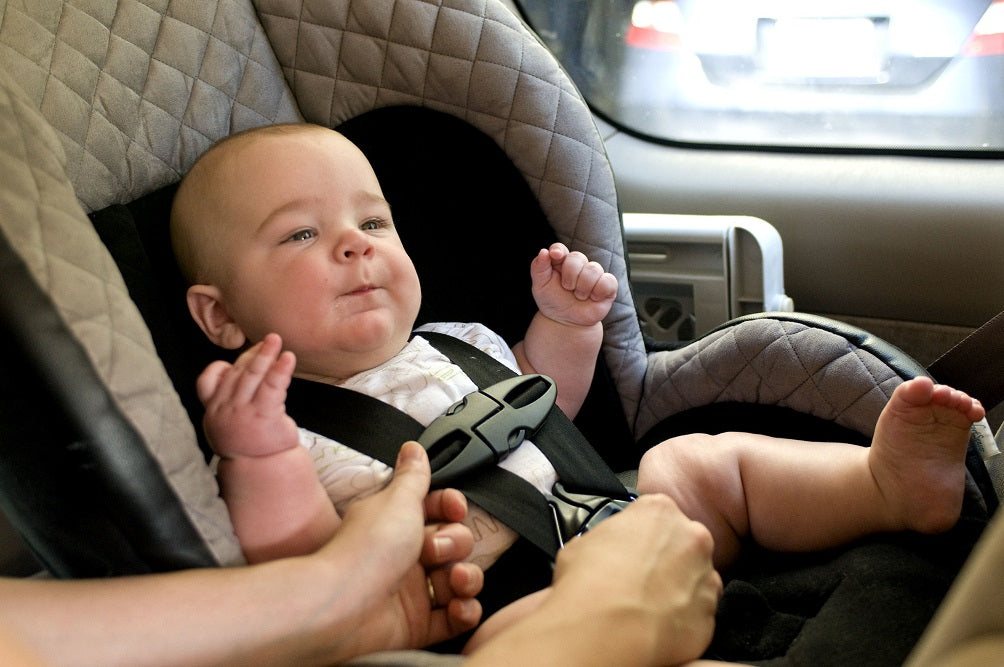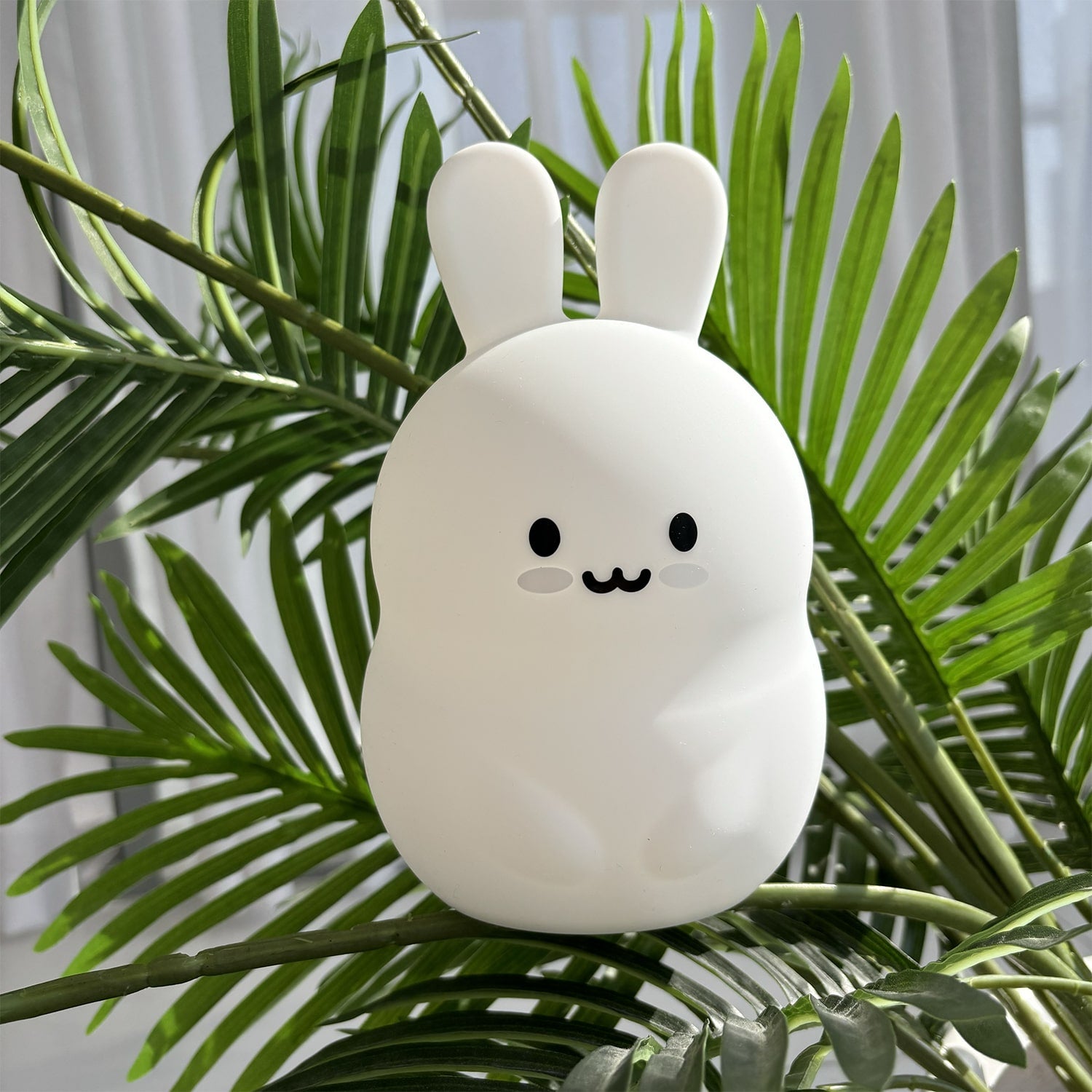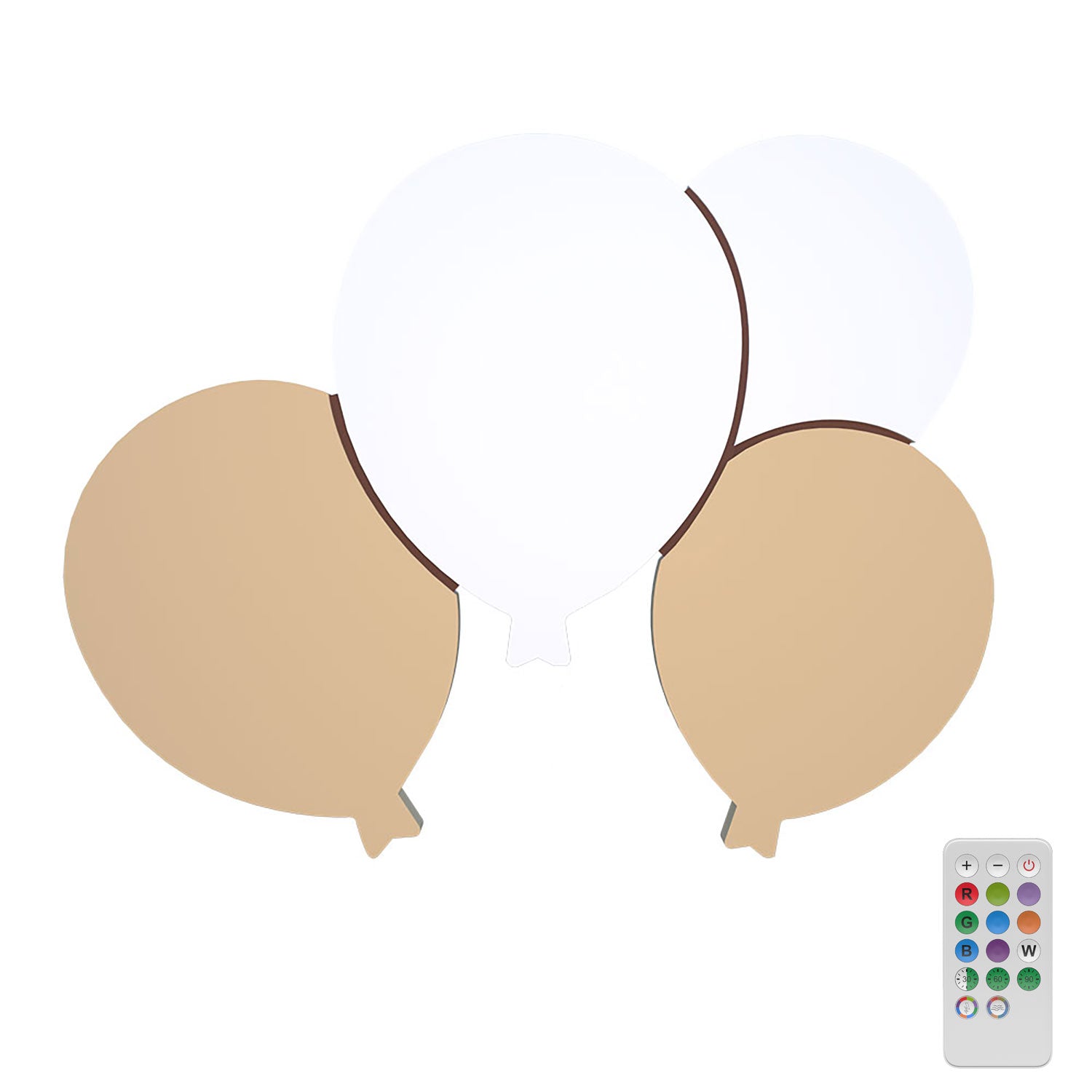The arrival of a new member in a family is not easy for future parents. In fact, mom and dad must prepare and buy several things so that the newborn lives his first days in the greatest comfort. When he comes into the world, several accessories will be essential. Among these is the car seat.
Many new parents do not realize that a car seat must be one of the first purchases for a baby. And for good reason, the law requires that upon leaving the hospital, parents place their infant in the car seat when they bring them home by car.
The question then arises: which model to buy? What is the best car seat for my baby? To answer this question, you must take into account a certain number of criteria, such as the age of the little one, its size, but also, and above all, the safety offered by the seat, its quality, its price... is what we invite you to discover in the following lines.
The regulations in force regarding the transport of young children in a vehicle
Do you think your baby is completely safe when you hold him in your arms? You are absolutely right, unless you take it by car. Indeed, while driving, no place is more suitable for a newborn than the car seat. Transporting a baby in a car seat ensures complete protection.
First of all, the car seat is a guarantee of safety for the infant when he is in a car. If there is a side collision, its safety is guaranteed. In addition, the use of the car seat reduces the risk of the little one slipping under the seat belt if an accident occurs.
The Highway Code is strict on the subject: parents must place their small children in an appropriate car seat when traveling in a car. In addition, it is necessary to securely fix the car seat. This means that the seat must be equipped with fasteners. Parents must ensure that it is secure. The accessory must remain immobile and secure in the vehicle. Its rigidity and stability must be foolproof.
According to a law that was in force in Europe, all children under the age of 12 had to travel in a car in a car seat. To date, this law has undergone slight changes. From now on, whatever the age of the little one, it is mainly their size which determines whether or not they are forced to stay in the car seat. Therefore, if the height of a child is less than 1.50 m, the latter must use a car seat. However, if the toddler is at least 1.35 m tall, but weighs more than 36 kg, he or she will travel without a car seat.

Selection criteria to take into consideration when purchasing a car seat
Just like when you need to buy a baby carrier or stroller for your future baby, it can be quite complicated to choose the right car seat model. Mandatory for transporting your little one as soon as he leaves the maternity ward, the car seat must be perfectly suited to your little one. In order to guarantee its safety, you will have to take into account certain criteria, such as age, height or weight.
Choose the car seat based on the child’s weight
In order to select the car seat for your little angel, you must first consider their size, as well as their weight. This will help you know if the product is really suitable for your body shape. The regulation categorizes car seats into 5 groups, determined according to the weight of the child.
- Group 0: from birth to 10 kg, in other words around 18 months;
- Group 0+: from birth up to 13 kg, i.e. up to 30 to 36 months;
- Group 1: 9 to 18 kg, i.e. between 1 year and 5 to 6 years;
- Group 2: between 15 and 25 kg, i.e. 4 to 9 years;
- Group 3: between 22 and 36 kg, or from 7 to 8 years old up to 12 years old.
Some manufacturers offer seats that can suit different weight ranges. They then belong to more than one group at a time.
- Group 0/1 and 0+/1: for children weighing up to 18 kg;
- Group 1/2/3: corresponding to a weight between 9 and 36 kg;
- Group 2/3: between 15 and 36 kg.
The different types of car seats: shell, carrycot, booster…
As the child grows, he or she will need to change car seats. As you can see, car seats are divided into groups according to the child's weight. From the shell to the carrycot, including the booster seat or even the rear-facing or/and forward-facing car seat, the choice is quite vast. And know that each group has its own specificities.
Focus on baby shells and carrycots
As soon as the baby is born, you will place him in the car in his car seat. To install it safely, you will choose a shell or a carrycot. The carrycot is placed horizontally on the rear seat of the car. She takes two seats there. As for the shell, you must place it rear facing, in the rear seat of the car or in the front, provided that you deactivate the airbag.
Each one is as comfortable as the other, but each has its own support system. On the carrycot, the baby benefits from a single waist belt. This unfortunately does not guarantee maximum safety if it faces a very strong impact. Currently, it is advisable to focus on the baby carrier, which is part of group 0+. It provides increased protection, thanks to its harness and its “rear-facing” position. The shell is therefore suitable for children weighing less than 13 kg.
Reclining, swiveling, facing or rear-facing car seat…
The car seat is available in several versions. Until he is 15 months old, regulations require that the little one must be placed with his back facing the road so that his safety is optimal. For older children, you can turn to forward-facing models, called bucket car seats. Your child can use this version until they are 4 years old. These models are generally adjustable. This will allow your toddler to use it until they are 10 years old.
Another car seat model: the reclining seat. Equipped with a safety harness, it is easy to use. With this, your child will be able to change position if they wish. It also features a tilting headrest to properly support the neck, especially if you're planning a long road trip.
Furthermore, as its name shows, the rotating car seat can rotate 360° to give the baby the possibility of facing backwards or forwards. Finally, unlike the car seat with harness, the shield model is made up of materials to absorb shocks. This protects in particular against a possible frontal impact.
What about booster seats?
When he is around 3 years old, in other words when he weighs around 9 kg, the child will be able to have a booster seat, which you will select according to his body shape. There are three types of boosters:
- The low booster seat of group 3: it corresponds to the biggest children. It has no backrest or headrest.
- The booster seat with backrest, but without harness, in group 2/3: this model is aimed at children aged 4, with a weight of 15 kg. You can install this booster using the seat belt. It is equipped with armrests and a headrest. It provides excellent protection and high security. Its comfort is more than satisfactory.
- The booster seat with backrest and harness, group 1/2/3: it is intended for children aged 3 years. This is the only booster seat that can be used for little ones weighing 9 kg. It offers very good comfort, and adequately supports the head and back.

Opt for a seat that complies with safety standards
In your baby's bedroom, you must ensure that he or she enjoys optimal security. Safety is also a parameter of the greatest importance when purchasing a car seat. At home, you must ensure that your little darling is comfortable. To do this, you will buy him various accessories to make his room more reassuring: small wall-mounted night light , cradle with barriers, bedside lamp , etc. You will do the same with the car seat, so that the baby's safety is perfect in a vehicle.
Some safety tips before purchasing a car seat
Above all, under no circumstances buy a seat that is too large, just because your baby will be able to use it for several years. This idea is far from wise. If the size of the seat no longer suits you, it is strongly recommended that you get another one.
Don't venture into the second-hand market either, as you could come across a seat that appears to be in excellent condition, but is no longer able to provide optimal safety for your son or daughter. A new car seat will undoubtedly meet the most recent safety standards.
Used equipment may not meet current safety standards. Furthermore, it is imperative to have an adequate restraint system until the child reaches the age of 10, or the height of 1.35 m.
Reasons to choose an approved car seat
One of the fundamental criteria when choosing a car seat is its approval. The current European standard is R129. It classifies seats into several categories depending on the size of the child, as you have already seen previously. By referring to these categories, you will be sure to have chosen the seat that best suits the size of your toddler.
On an approved car seat, comfort and safety are certainly there. In addition, such a product incorporates revolutionary technologies and includes high-quality materials, contributing to the safety of the child. Also referred to as i-Size, the R129 standard generally goes hand in hand with “Isofix” fasteners.
Finally, one thing is to remember: to be sure that the car seat you have purchased is legal, it must be supplied with labels, with very specific information. Normally you will find the following information there:
- Contact details of the designer;
- Instructions for use which are usually presented in the form of a diagram;
- Approval information: R129, with the letter “E” in a circle. This certifies the conformity of the equipment.
Basically, as you may have noticed, several models of car seats are available on the market. Mainly choose a version that complies with current safety standards. Don't forget either that to select the right product, your little darling's morphology, weight and size are essential.







